http://www.marksdailyapple.com/
 There are some crazy crash diets out there. You’ve got the cabbage diet, where people live (or try to live) off of cabbage soup for weeks at a time. You’ve got the gelatin diet of the 70s, where people would try to lose weight by eating only gelatin (it didn’t work and some people got really, really sick). There are dozens of variations of crash diets, and most of them are unsustainable, unhealthy, and ineffective.
There are some crazy crash diets out there. You’ve got the cabbage diet, where people live (or try to live) off of cabbage soup for weeks at a time. You’ve got the gelatin diet of the 70s, where people would try to lose weight by eating only gelatin (it didn’t work and some people got really, really sick). There are dozens of variations of crash diets, and most of them are unsustainable, unhealthy, and ineffective.
There’s one that’s a little different: the protein sparing modified fast. No less extreme but far more reasonable and effective than the others, the protein sparing modified fast, or PSMF, is an ultra high protein, low-carb, low-fat, low-calorie diet. It’s intended to accelerate fat loss and minimize muscle loss. It is not intended to be a long term way of eating, but rather a short term intervention that can springboard a person into greater sustained weight loss and healthy living.
Why Do a Protein Sparing Modified Fast?
Because “weight loss” doesn’t tell you anything. Weight is a non-specific measurement of mass that’s comprised of fat, muscle, connective tissue, bone, and water. To “lose weight” can mean you’ve lost mostly muscle. It can mean you lost a bit of fat and lot of muscle, or a lot of fat and bit of muscle. It can mean reduced bone mineral density. It can mean your tendons and ligaments are losing strength. It can mean you just lost a bunch of water weight. But when the average person wants to “lose weight,” they want to lose body fat and keep their muscles.
The protein sparing modified fast “spares” protein (muscle) and accelerates fat loss. It aims (and mostly succeeds) at creating the kind of weight loss people are looking for.
How Do You Do a Protein Sparing Modified Fast?
Emphasize lean protein.
Lean protein is the basis of the protein sparing modified fast. In order to be “protein sparing” and accelerate the loss of fat and limit the amount of muscle ams you lose, the PSMF emphasizes high protein intakes. By increasing protein relative to calories, your diet provides the amino acids your body needs to convert to energy instead of your body taking those amino acids from your own muscle tissue.
Eat at least 1.5 grams of protein per kilogram of body weight. If you’re lifting weights (which you should be to get the most benefit out of the diet), up that to 2 grams protein per kilogram. I’d actually suggest going as high as 2.6 grams per kg, as a recent study showed that this level of protein intake during aggressive dieting minimized muscle loss.1
The protective effect of including adequate amino acid intake when dieting is so profound that even infusing starvation patients—people who aren’t eating anything at all—with isolated amino acids can stave off the worst of muscle loss.2
Lean protein sources include:
- Lean cuts of beef and pork: top round, 95% lean ground beef, filet, loin
- Chicken and turkey breast
- Lean white fish: cod, haddock, halibut, tilapia, flounder, rockfish
- Shellfish: mussels, oysters, clams, shrimp, crab
- Egg whites
- Whey isolate protein powder
- Low/non-fat Greek yogurt
The best protein sources are whole foods: meat, fish, shellfish, yogurt. They contain more nutrients and are more satiating than isolated protein powders or egg whites. As such, the bulk of your protein sparing modified fast diet should be lean whole food protein. Powders can be used as adjuncts to an already good diet if you need a boost to get up to your desired protein intake.
Minimize fat.
For the purpose of this short term fat loss diet, you choose lean meats and avoid almost all added dietary fat. All the fat you’ll be consuming will come off your own body. This isn’t supposed to be a sustainable diet for life where flavor, nutrient-absorption, and long term health come into play. This is a rapid fat loss diet.
If you insist on it, use only as much fat as you need to cook—to keep things from sticking.
Minimize digestible carbs.
By minimizing digestible carbs (sugars and starches), you speed up the emptying of liver and muscle glycogen, lower insulin levels, and accelerate the loss of body fat. After glycogen is burned through, fat loss begins.
Stay under 30 grams of carbs a day, depending on calorie allowances.
Emphasize non-starchy vegetables.
For micronutrients, variety, and fiber, the PSMF promotes the consumption of large amounts of non-starchy vegetables. Things like asparagus, broccoli, cauliflower, lettuce, spinach, kale, peppers, onions, garlic, and all leafy greens. The catch is that you can’t add all that much extra fat to make it super-palatable. Veggies must be steamed, boiled, or cooked with minimal fat—no more than a half teaspoon or so to really get the full effects.
Keep calories low.
Clinical protein sparing modified fasts allow 800 calories a day. More casual PSMF-style fat loss diets done on your own can be higher calorie, but still very low. Whatever amount of calories you decide is right for you, hit your protein requirements and fill out the rest of the calories with carbs and fat.
Supplement smartly.
I’ve already mentioned whey protein, a great source of lean protein. But there are a few other things to consider taking.
- Electrolytes: sodium, potassium, magnesium become vastly more important on a low-calorie, low-carb diet. Salt your food liberally, as a PSMF will get boring very fast if you’re eating bland food.
- Omega-3s: if you aren’t eating mussels and oysters, which have adequate levels of omega-3s, you need to be taking fish oil, 3-4 grams per day.
- Multivitamin/mineral: a good multivitamin and mineral supplement is a good idea.
- Bone broth or collagen: the glycine in bone broth/collagen will balance out the methionine in all the lean protein you’re eating, and broth is a great way to add flavor and refinement to an otherwise boring diet.
Do glycogen depleting workouts.
You can speed up the effects of the protein sparing modified fast by doing high-rep circuit training that rapidly depletes glycogen.
Keep in mind that glycogen depletion is localized.3 The muscles you use are the ones that get depleted. Compound movements like squats and deadlifts are more efficient because they’ll deplete multiple muscle sites with the same movement.
Higher intensity elicits greater glycogen depletion. Walking doesn’t deplete much at all, while sprinting depletes a ton. Anytime you increase the intensity, you’re increasing the glycogen burn. Volume also matters. The trick is maintaining intensity over long durations or high volume.
Isn’t Rapid Weight Loss Unhealthy and Unsustainable?
“Slow and steady weight loss” is a myth in my opinion, a grand lie perpetuated on the masses. Rapid weight loss works better, works faster, and leads to greater lasting changes.
Contrary to popular belief, people who lose weight faster tend to keep it off. The research indicates this as well.
- A 2000 review found that faster, greater initial weight loss improves long term weight loss maintenance, even when that weight is lost using extreme diets like the protein sparing modified fast.4
- A 2001 review found that using very low calorie diets to trigger rapid short term weight loss can be highly effective for long term weight maintenance, provided subjects follow up with a “weight-maintenance program” including physical activity, nutritional education, and behavioral therapy. In other words, it works if they make it a lifestyle change.5
- A 2004 review of the effect of “lack of realism” in weight loss goals on long term weight maintenance found that “higher dream weight loss goals” were linked to greater weight loss at 18 months. Aim big, get big results.6
- Among middle-aged obese women, those who lost weight the fastest were the most likely to keep it off after 18 months.7
- There was also a more recent paper where people who lost weight quickly were no more likely than people who lost it slowly to regain the weight in the long term. Members of the fast weight loss group were more likely to hit their short term weight loss goals (12.5% reduction in body weight) and stick with the program. Even though both groups had regained about 70% of the lost weight after three years, the net weight loss in the fast weight loss group was greater.8
What’s going on here?
You need to shock the hell out of yourself by the speed at which fat falls off. Only then can you “know” at a guttural level that you need to maintain a healthy lifestyle. This kind of rapid fat loss is what gets you hooked on the possibility that yes, you can actually lose weight. That yes, your obesity or overweight isn’t intractable. In my experience, people who don’t lose a decent amount of weight right away get discouraged, lose faith, and are more likely to give up.
The PSMF is simply one of the fastest ways to lose body fat.
Is the Protein Sparing Modified Fast Diet Safe?
Yes, it’s safe for just about everyone. Anyone can do a protein sparing modified fast for a week and come out okay. Check with your doctor if you have a medical condition, of course, and I would never recommend that kids, teens, or pregnant women (or those actively trying to become pregnant) do one, but everyone else? Go for it. A week is safe. A week is effective. A week will show you how fast you can lose fat.
But if you decide to stay on it for much longer, or even long term, watch for warning signs.
- Thinning hair
- Weak nails
- Trouble sleeping
- Low energy overall, not just in the gym
- Low thyroid function
- Menstrual changes, or even loss of menstruation
- Not recovering from workouts, injuries, or wounds
- Negative mood changes
These all indicate a worsening of your metabolic rate. You’re becoming less virile, less fertile, and less robust in general. Your diet is no longer improving your health. It’s worsening it. It’s time to start eating more food, more fat, and more carbs.
Also, as women tend to be more sensitive to low calorie diets and things like extended fasts, I’d recommend that any women doing a PSMF pay close attention to these symptoms and signs.
Besides, the PSMF isn’t supposed to be a long-term diet. It’s supposed to be a shock to the system. The trick is losing weight rapidly by adopting a healthy way of eating and living. One that you can stick with.
If you have any other questions about the protein sparing modified fast, let me know down below in the comment section, or ask about it on social media and I’ll try to get back to you.
References
- https://pubmed.ncbi.nlm.nih.gov/29182451/
- https://www.ncbi.nlm.nih.gov/pmc/articles/PMC1355601/pdf/annsurg00255-0084.pdf
- ncbi.nlm.nih.gov/pmc/articles/PMC3112561
- ncbi.nlm.nih.gov/pubmed/12119640
- ncbi.nlm.nih.gov/pubmed/11707557
- ncbi.nlm.nih.gov/pubmed/15044676
- ncbi.nlm.nih.gov/pubmed/20443094
- ncbi.nlm.nih.gov/pubmed/25459211
The post What is the Protein Sparing Modified Fast Diet? appeared first on Mark’s Daily Apple.


 (@max.boudreault23)
(@max.boudreault23) (@sincerelysherine)
(@sincerelysherine)













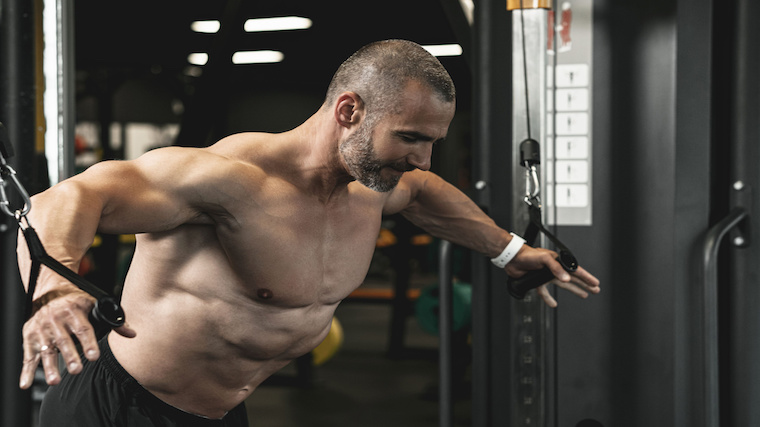
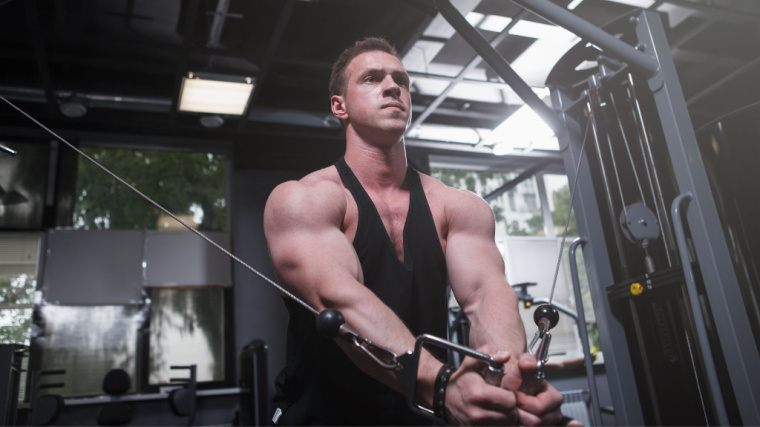
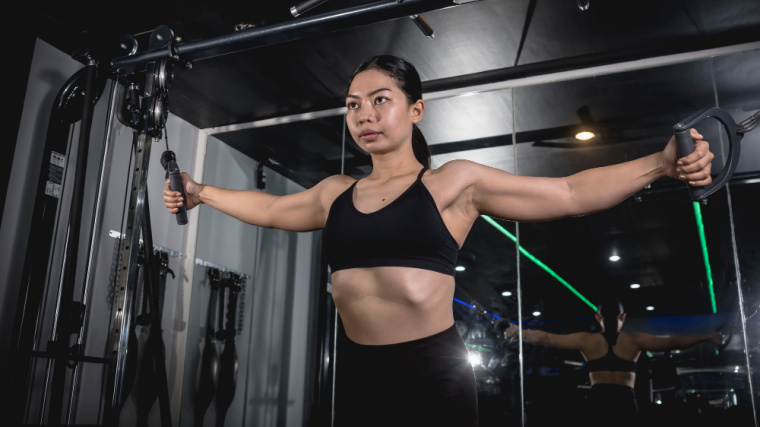
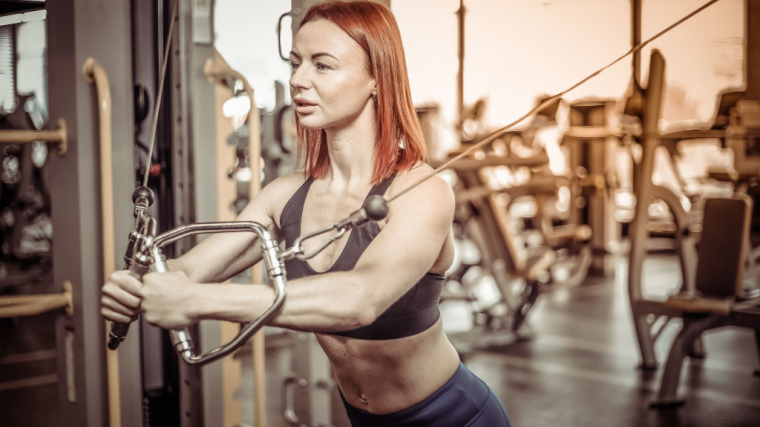
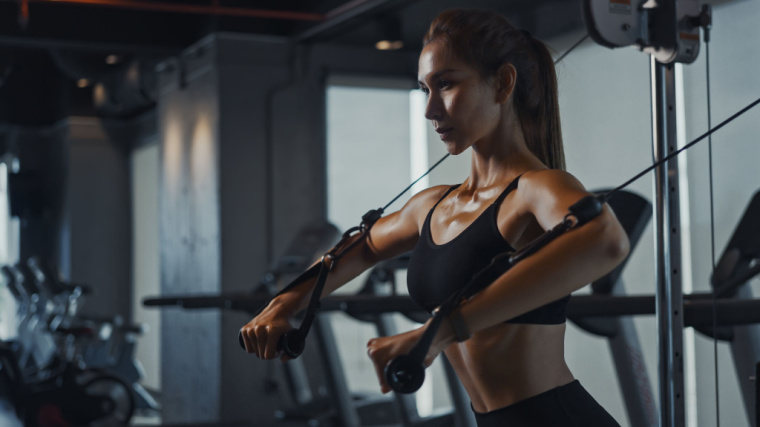
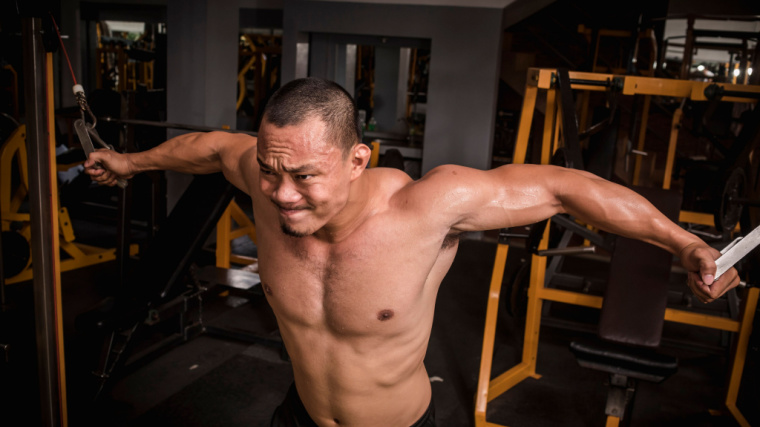
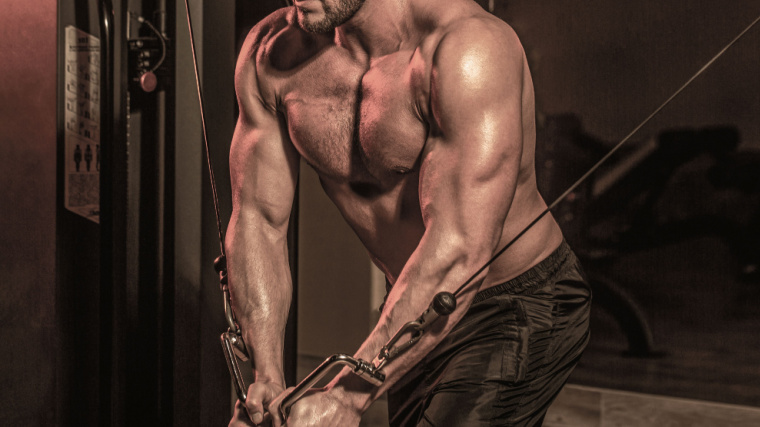
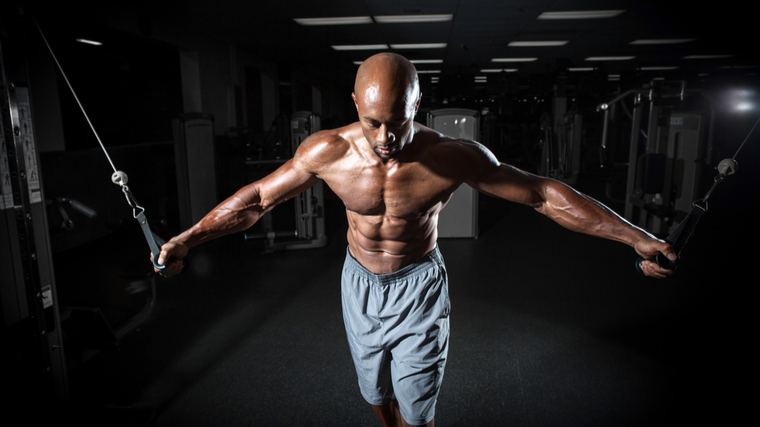
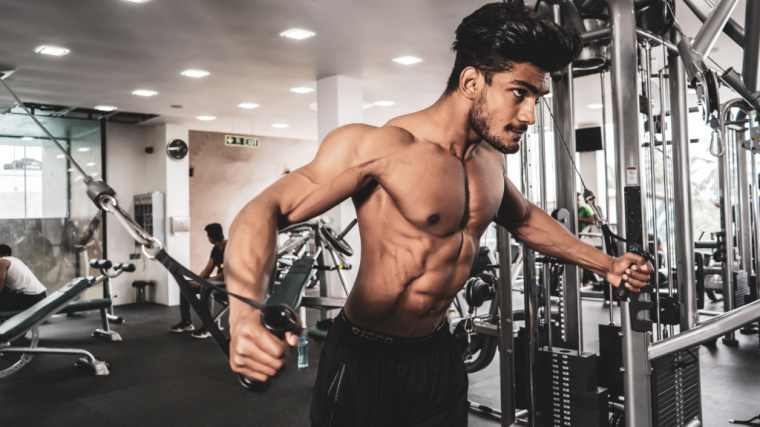
 For now classes are 6pm and 640pm at 2840 Wildwood st in the Boise Cloggers studio.
Book your class NOW!
click this ==>
For now classes are 6pm and 640pm at 2840 Wildwood st in the Boise Cloggers studio.
Book your class NOW!
click this ==>








